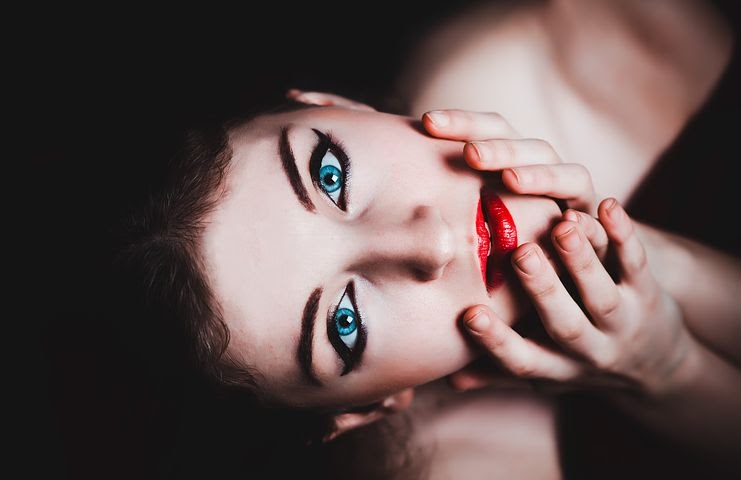Skin is pretty complicated, unfortunately. There’s more than one type of skin out there which makes dealing with them pretty challenging for most people. Thankfully, there’s a lot that you can do to work around different skin types.
With that being said, it’s also true that different skin types mean that you’ve got other treatments for each, so finding out what type of skin you’ve got is a vital job, according to Scubby.
If you’re more interested in being able to identify each type of skin, however, then read on to see exactly what we’ll be looking for to classify both oily and combination skin, especially in everyday beauty situations where looking after your skin is essential.
Oily Skin
So let’s take a look at oily skin, to begin with because it makes sense to start somewhere, and oily skin requires explanation!
So, for those of you who don’t know, the skin naturally produces something called sebum. Sebum is an oily, almost wax-like substance which has a particular job in the body. It is made purely to protect and hydrate the skin.
Sounds pretty smart, right? It means that when you go out and about, you’re not going to damage your skin too much. Most people produce enough sebum to keep their skin safe, and that’s it, but what you will also find is that some people create too much sebum from their sebaceous glands. That’s why you get oily skin, see.
Okay, technically, it’s one cause of many. There’s actually a whole host of reasons why you wind up with oily skin, so you need to check out why.
Identifying oily skin is not too difficult. There are a handful of key characteristics which determine oily skin quite quickly. These are as follows:
- Your skin may look shiny and will have quite a few acne breakouts, more than other people.
- If you have wrinkles, they may become less visible, because there is an excess of oil on the skin disguising them.
- You will notice that you have both visible pores, and pores which look enlarged.
- If you wear makeup, then you may find that your makeup comes away quite quickly. This is because there is no skin which is a suitable foundation for it to stick.
Combination Skin
The other type of skin that we’re going to be talking about today is combination skin. This is a little bit more tricky to explain, because it’s not as straightforward as oily skin.
People who have combination skin have more problems than the rest of us because they have two different skin types working on the same face. Some people have multiple skin types all at once.
For example, you might have oily skin on your nose and the top of your forehead, and sensitive skin on your cheeks. This means that you’ve got two different types of skin which require two different types of skincare routines, so dealing with that is a bit of a problem.
You can identify combination skin by a handful of characteristics, the most common of which are as follows:
- You might have an oily T-Zone, which is the nose and forehead, and then dry or normal skin on the rest of your face.
- Combination skin is also more noticeable when it comes to pores and the like. You will find that it gets around the nose a lot when you compare it to the rest of the face.
- Blackheads and blemishes may well be more common in the face.
- Exposure to the environment will also play a considerable role in your skin.
Final Thoughts
Knowing whether you have oily-combination skin is essential. It means that ultimately you can provide yourself with the best possible skincare routines. You can make your own skincare routine if you follow some expert advice.
When it comes to treating your skin correctly, the way that you live your life can have a pretty substantial impact on how you do things.
You must learn how to look after your skin and how to identify what type of skin you have correctly. It can be understandably tricky, but ultimately, it will be worth it.
It’s all about being kind to your skin. Regular hydration exposure to natural ingredients and substances, as well as avoiding massive amounts of makeup will all help in the long run.
We all want fair skin. It’s one of the main goals from a beauty perspective. That’s why you have to make sure that you are safe, sensible and proactive when it comes to skincare.
Knowing what type of skin you have does help a lot in this regard. If there’s one thing we recommend, it’s taking the time to examine and implement different skincare practices, so that you can find what works for you as a person.



